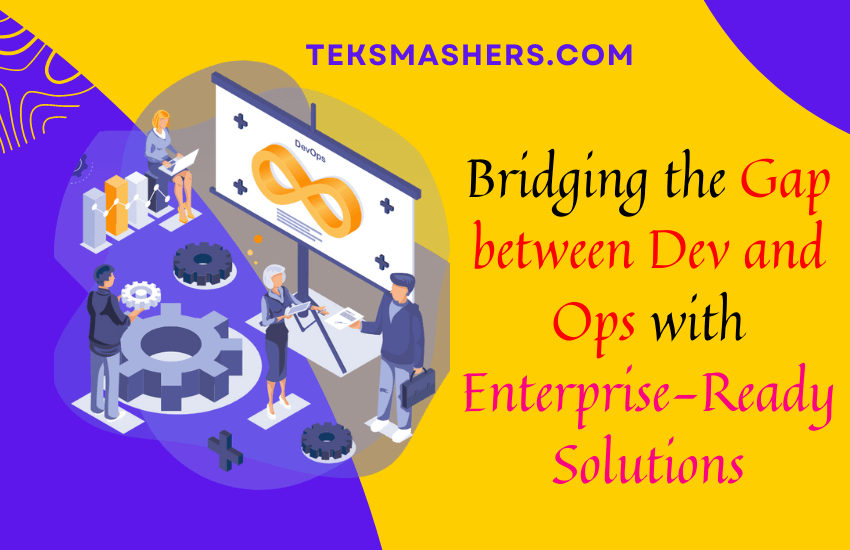As a DevOps engineer, you know that the right tool can make your job easier. But as a developer, you also know that selecting the right tool is just as important. The same goes for your company’s infrastructure: what works best for one company may not work for another. The key to selecting the right tool understands what you need, how you’ll use it, and whether or not your existing infrastructure can support it. Here are some of our favorite solutions if you’re looking for a new tool that will make your life easier as a DevOps engineer.
Helm repository for enterprise-ready Kubernetes content.
Helm is a package manager for Kubernetes. It helps you manage your Kubernetes applications, such as deployments, replication controllers, and services, by using charts. Charts are packages of pre-deployed templates and configuration files that can be reused across multiple clusters. Helm also manages the versioning and distribution of all the resources in your cluster.
In a DevOps environment, it’s critical to quickly deploy new applications into Kubernetes without building and managing the infrastructure. Helm provides a way to package your application with all its dependencies into a single file that can then be deployed into any environment.
JFrog offers a Helm repository that contains all types of charts like starter apps, toolsets, and utilities which would help you start your own enterprise-level Kubernetes development in no time.
Enterprise security and governance.
Enterprise security and governance. These terms are often used interchangeably, but each has a unique meaning. Security refers to the protection of a system or network from external threats (such as hackers) and malicious insiders (such as employees who want to hack into the network). Governance refers to the overall management of an organization’s security. It includes policies, procedures, standards, and best practices that help ensure the proper implementation of security measures in your organization’s systems.
If you want enterprise-ready solutions for your applications (and if you’re reading this guide for enterprise developers, then chances are high), then it’s vital that both security and governance are present in your applications.
Fortunately, there is no shortage of tools available to help achieve this: from simple static code analysis tools like SonarQube that provide basic code quality metrics; to advanced static analysis suites such as Coverity or Parasoft C/C++ test that can perform deep dives into language constructs, all the way down through libraries; up again with application performance management suites like AppDynamics which will monitor end-user experience across multiple devices over time by collecting business data points directly from production environments themselves!
CI/CD integration with your developers’ choice of tools.
CI/CD tools are available in many different languages and platforms, but they all have the same goal: to automate software build, testing, and deployment. These tools can help you integrate CI/CD into your existing development workflow by providing integration points for any language or platform you use.
The best CI/CD tools can help you integrate CI/CD into your existing development workflow by providing integration points for any language or platform you use. The best CI/CD tools will also provide an intuitive user interface and documentation for developers, so no one on your team has to learn new skills to use them effectively.
While choosing a tool that offers the right features is essential, it’s also important to find one that meets your organization’s specific needs. This means ensuring the tool can support any languages, platforms, and third-party tools you rely on.
Pipeline-driven, automated software promotion from dev through production.
The pipeline-driven, automated software promotion from dev through production is vital to the DevOps philosophy. It enables continuous integration and delivery (CI/CD), enabling teams to build, test and deploy software in small increments.
Allowing developers to quickly push changes directly into production with this kind of deployment strategy can lead to outages—so it’s vital that you have the proper monitoring tools in place so you know when something goes wrong. This is particularly important for low-code application development environments, where an outage can affect the entire business.
The combination of CI/CD and monitoring tools enable you to balance development speed and quality assurance. You need to find a way to test applications as quickly as possible for developers to get feedback on their code changes and make adjustments before pushing them into production.
Conclusion
At the end of the day, we’re talking about helping you get things done faster. Everyone wins when you can spend less time managing infrastructure and more time building applications. And that’s why enterprises are turning to Kubernetes in droves: it puts all your company’s developers on equal footing with each other in terms of productivity, no matter where they work or how they prefer to code.

